SIR 2025
Women's Health
Scientific Session
Late Breaking Abstracts
A single-center experience with Uterine Artery Embolization (UAE) in 43 patients with Uterine Arteriovenous Fistulas (UAVFs)
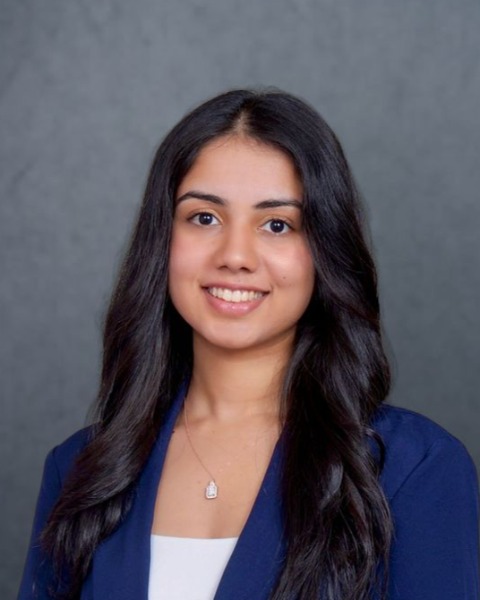
Mira C. Malavia (she/her/hers)
Medical Student
University of Missouri-Kansas City School of Medicine, United States- FD
Farnaz Dadrass, MD
IR/DR Resident
Mount Sinai Hospital, United States - EK
Emily Kim, None
High School Student
High School, United States 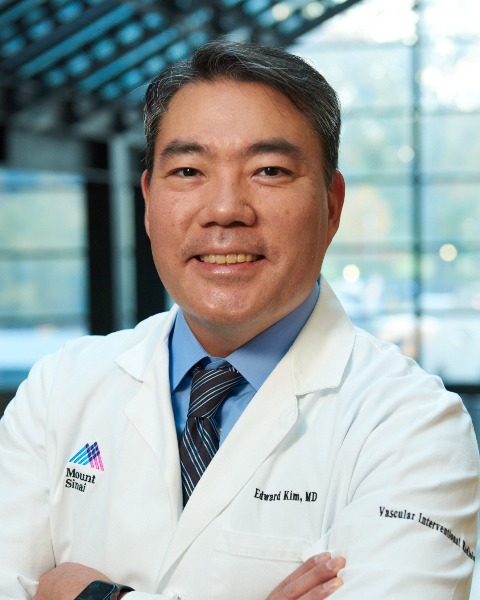
Edward Kim, MD (he/him/his)
Professor of Radiology and Surgery
Mount Sinai Health System, United States
Robert A. Lookstein, MD
Professor of Radiology and Surgery
Icahn School of Medicine at Mount Sinai, United States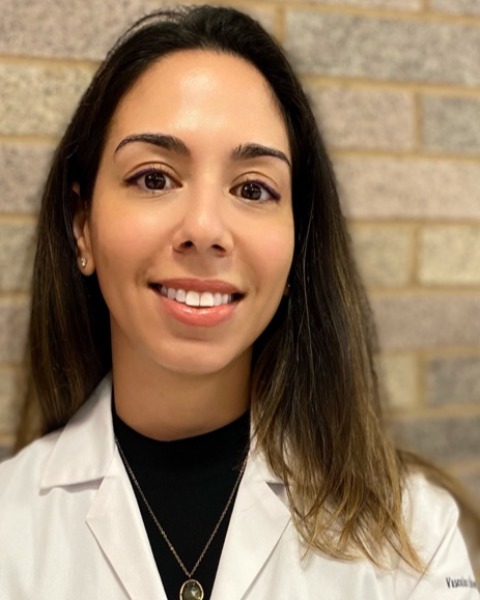
Vivian Bishay, MD
Associate Professor
Icahn School of Medicine at Mount Sinai Hospital, United States- JV
Jenanan Vairavamurthy, MD
Assistant Professor of Radiology
Mount Sinai, United States - AF
Aaron M. Fischman, MD
Professor of Radiology and Surgery
Mount Sinai Health System, United States .jpg)
Dan Shilo, MD
Assistant Professor
Mount Sinai, United States- RP
Rajesh I. Patel, MD
Assistant Professor of Radiology and Surgery
Icahn School of Medicine at Mount Sinai, United States 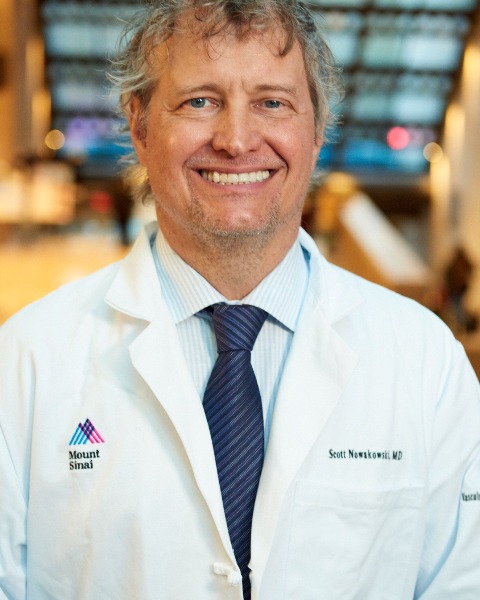
Scott Nowakowski, MD
Professor of Radiology and Surgery
Mount Sinai Health System, United States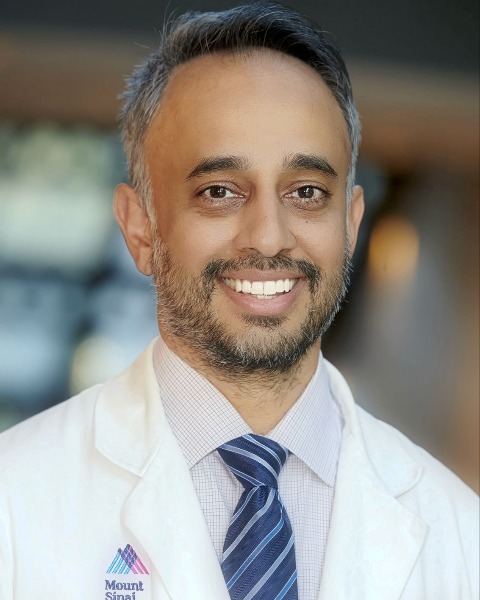
Rahul S. Patel, MD, FSIR
Professor of Radiology and Surgery
Mount Sinai Medical Center, United States- KG
Kirema Garcia-Reyes, MD
Assistant Professor
Mount Sinai, United States
Presenting Author(s)
Author/Co-author(s)
Materials and Methods:
Patients with UAVFs who underwent UAE at a single institution between 2009 and 2024 were included. All patients had a diagnosis of UAVF on ultrasound, CT, or MRI, confirmed by uterine angiography. Data on demographic characteristics, procedural details, technical, clinical outcomes, and complications were collected.
Results: Forty-three patients (mean age 34 ± 8 years) were included, 33 (77%) of whom presented with pelvic hemorrhage. Twenty-three (53%) of patients had been previously treated for a medical abortion and 31 (72%) had a history of pelvic intervention, including dilation and curettage (n=21), myomectomy (n=1), cesarean section (n=15), or forceps-assisted vaginal delivery (n=1). Preprocedural MRI was performed in 74% of patients (n=32). Radial access was utilized in 86% of cases (n=37), with femoral access in 14% (n=6) cases. Bilateral UAE was performed in 77% of patients (n=33), and unilateral UAE in 23% (n=10) patients. Embolic agents included glue (n=32), gelfoam (n=13), particles (n=5), coils (n=2), with combinations employed in 9 (21%) cases. All procedures were technically successful, without major complications. Symptom resolution was achieved in 40 (93%) patients. Over a mean follow-up of 87 weeks, 5 patients required repeat intervention for symptom recurrence (n=3) or persistent flow on imaging (n=2). Six patients successfully conceived and delivered healthy pregnancies following embolization.
Conclusion: UAE is a safe and effective treatment for UAVFs with high technical and clinical success rates. This study contributes to the limited body of research on UAVF treatment, allowing for future multi-institutional efforts to pool data and further evaluate efficacy, safety, and long-term fertility outcomes of UAE for UAVF.


.jpg)